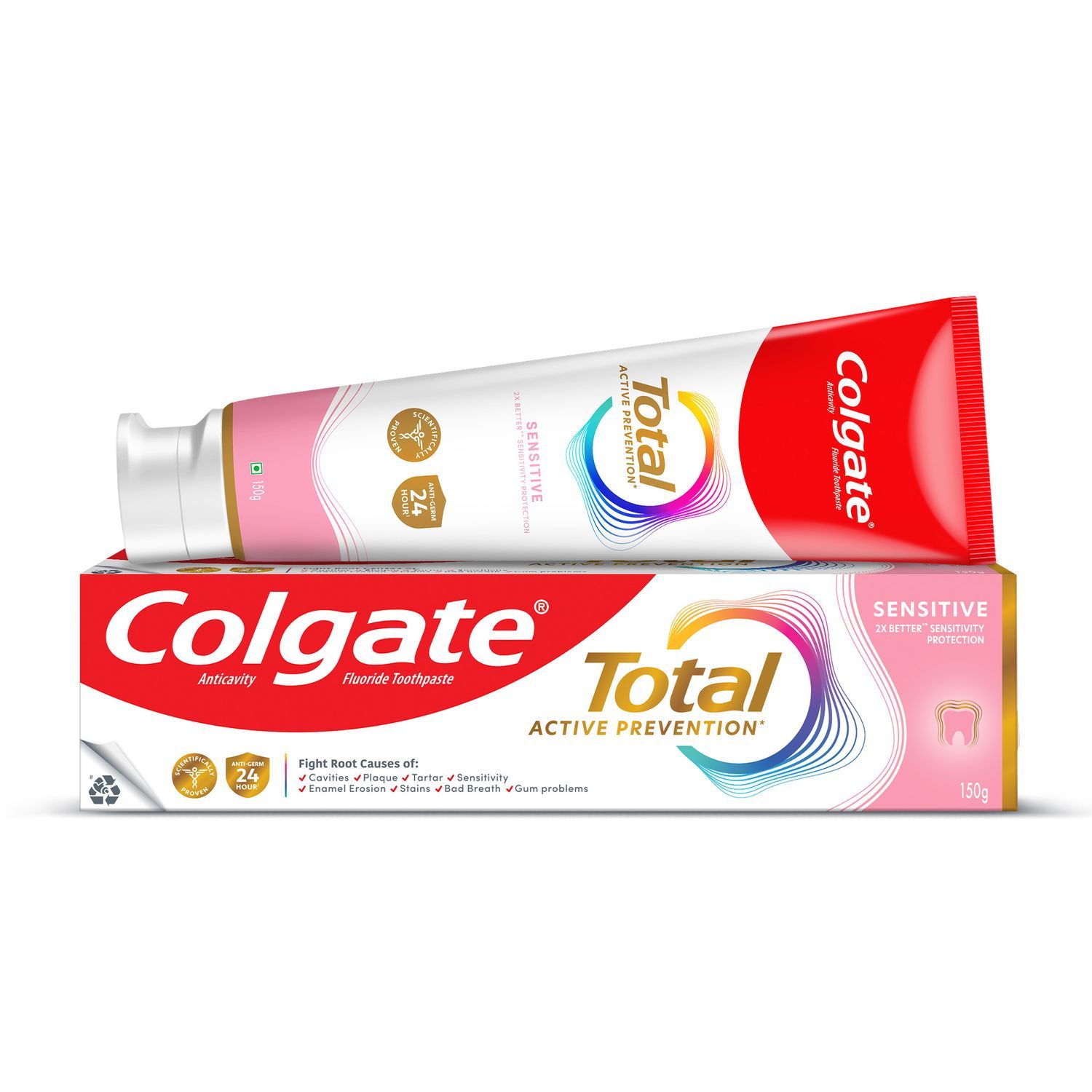Understanding Oral Thrush: What is it?
Oral thrush is a fungal infection in the mouth caused by an overgrowth of the fungus candida albicans, a type of yeast that naturally exists in small amounts in the body. Commonly known as candidiasis, this yeast is found in the mouth, gastrointestinal tract, and skin. A healthy immune system typically keeps it balanced, but an imbalance can cause candida to multiply quickly. This overgrowth leads to the key symptoms of oral thrush, especially creamy white lesions.
So, what is oral thrush exactly? It’s an infection that primarily affects the tongue and inner cheeks. These white patches can be painful and may bleed slightly when scraped. In some cases, oral thrush can spread to other areas, such as the roof of the mouth, gums, tonsils, or the back of the throat. Though generally mild and treatable, the infection can become more serious if left unchecked, especially in those with weakened immune systems.
Types of Oral Thrush
When it comes to thrush in mouth, they can appear in different forms and types. Each type of oral thrush has distinct characteristics and can affect individuals differently. Below are the three major types of oral thrush.
Protect your kid's smile with our toothpaste that offers gentle yet powerful germ defense!
Pseudomembranous Candidiasis
Pseudomembranous candidiasis is the most common type of oral candidiasis, especially in newborns and people with weak immune systems. People who use topical steroids, like inhalers, gels, or mouth rinses, are also at higher risk of developing this type of oral thrush because these can reduce saliva flow. Babies are also prone to this type of infection, particularly if they use pacifiers or feed from bottle nipples that are not properly sterilised. This condition is marked by a white, cottage cheese-like film in the mouth that can be scraped off easily.
The lesions usually show up on the tongue, inside the cheeks, on the roof of the mouth, and at the back of the throat. Most patients do not have any symptoms, but some may feel discomfort or a burning sensation in their mouth. To help prevent thrush when using corticosteroid inhalers, it is a good idea to rinse your mouth with water afterward.
Erythematous Candidiasis
Commonly referred to as atrophic candidiasis or denture stomatitis, this condition is marked by red patches that typically appear on the palate, inner cheeks, or the top surface of the tongue. It often arises from factors such as poorly fitting dentures, extended periods of denture use, and poor oral hygiene. The lesions usually remain confined to the areas that come into contact with the dentures. Additionally, denture stomatitis can occur after taking antibiotics, which disrupts the normal balance of bacteria in the mouth.
Denture stomatitis can be categorised into three types based on its appearance. Type I features small areas of bleeding along with local swelling. Type II is characterised by redness in the gum areas where the dentures rest. Type III presents with redness in the centre of the hard palate or excessive tissue growth beneath the denture. While most individuals with this condition do not experience pain, some may report discomfort or a burning sensation in their mouths.
Hyperplastic Candidiasis
Hyperplastic candidiasis appears as slightly raised, well-defined white plaques, primarily found on the inner cheeks (buccal mucosa) and sometimes extending to the corners of the lips. The lesions can also present as nodular or spotted formations. Unlike oral thrush, which can be easily wiped away, hyperplastic candidiasis is more stubborn and cannot be removed this way.
There is a connection between smoking and the development of hyperplastic candidiasis, and quitting smoking is often considered to be essential for full recovery. This condition has the potential to progress into severe dysplasia or other health problems.
Key Causes Behind Oral Thrush
Oral thrush, also known as oropharyngeal candidiasis, can occur due to various factors that disrupt the natural balance of microorganisms in the mouth. This imbalance often arises when the immune system is weakened by illness or medication. Here are some common oral thrush causes and conditions that may increase your susceptibility to this infection:
Weakened Immune System: An overgrowth of Candida albicans, a type of yeast that normally exists in small amounts in the mouth, can occur when the immune system is compromised. Conditions that weaken immunity or changes in the oral environment can allow this fungus to multiply rapidly, resulting in oral thrush.
Diabetes Mellitus: If you have diabetes that is left untreated or poorly managed, high sugar levels in your saliva can promote the growth of Candida, increasing the risk of thrush.
High Levels of Stress: Chronic stress can weaken the immune response, making the body more vulnerable to infections like oral thrush.
HIV/AIDS: The human immunodeficiency virus (HIV), which causes AIDS, damages or destroys cells of your immune system, reducing the body’s ability to fight off infections. Repeated occurrences of oral thrush may be an early sign of HIV infection.
Antibiotics or Corticosteroids: Antibiotics can upset the natural balance of bacteria in the mouth, allowing Candida to flourish. Similarly, corticosteroids can weaken the immune system, further increasing the risk of oral thrush.
Cancer: Medical conditions like cancer and its treatments, such as chemotherapy and radiation, often weaken the immune system. As a result, patients may be more susceptible to Candida infections, including oral thrush, which is a common side effect of cancer treatment.
Vaginal Yeast Infections: Yeast infections in the vagina are caused by the same fungus that leads to oral thrush. If a woman has a yeast infection during pregnancy, she may pass the fungus to her newborn during delivery, potentially leading to thrush in the baby.
Smoking Tobacco: Smoking can adversely affect oral health and disrupt the natural balance of microorganisms in the mouth, facilitating the growth of Candida and increasing the risk of thrush.
Recognising The Symptoms of Oral Thrush
Identifying the symptoms is crucial for early diagnosis and oral thrush treatment. Symptoms can vary between adults, children, and breastfeeding mothers, but there are some common signs to look out for.
Adults And Kids
In both adults and kids, oral thrush symptoms may be mild and go unnoticed at first, or they can develop suddenly and persist. Here are common signs to watch out for:
Creamy white lesions on the tongue, inner cheeks, sometimes on the roof of the mouth, gums, and tonsils.
Lesions that resemble cottage cheese, which may bleed slightly when scraped.
Pain or discomfort in the mouth.
Cracking and redness at the corners of the mouth (especially for denture wearers).
A burning sensation or cottony feeling inside the mouth.
Loss of taste or a dry mouth.
Difficulty swallowing.
In more severe cases, the infection can spread to the esophagus (Candida esophagitis), causing trouble swallowing or a sensation that food is stuck in the throat.
Breastfeeding Mothers
Infants with oral thrush can pass the infection to their mothers during breastfeeding. The infection may then pass back and forth between the mother’s breast and the baby’s mouth. If a breastfeeding mother develops a Candida infection, she may experience the following symptoms:
Unusually red, sensitive, or itchy nipples.
Sharp, shooting pain in the breast, especially during feeding.
Shiny or flaky skin on the areola (darker, circular area around the nipple).
Stabbing pains deep within the breast.
Breastfeeding mothers need to be vigilant about these symptoms and seek treatment early to prevent discomfort and ensure a healthy breastfeeding experience for both mother and baby.
Effective Treatment Options For Oral Thrush
Treating oral thrush involves addressing the underlying cause of the infection and eliminating the overgrowth of Candida. Here are some common oral candidiasis treatment options:
Antifungal Medications: The most common treatment for oral thrush is antifungal medication. These can come as lozenges, tablets, or liquid suspensions. These medications are believed to help stop the growth of Candida and gradually clear the infection. It is important to consult a healthcare professional before administering it.
Dietary Adjustments: Reducing sugar and refined carbohydrate intake can limit the fuel for Candida growth. Additionally, eating probiotic-rich foods like unsweetened yoghurt or supplements may help balance the microorganisms in your body and improve immune function, creating a less favourable environment for fungal growth.
Addressing Underlying Health Conditions: If the oral thrush is linked to diabetes, it's important to manage blood sugar levels effectively. Patients undergoing treatments that weaken the immune system, such as chemotherapy, should consult their healthcare provider to address preventive care for oral thrush.
Rinsing and Soothing Remedies: Some patients find relief in home remedies by rinsing their mouth with a saltwater solution, which can create a less acidic environment, slowing the growth of the yeast. Additionally, some doctors may recommend using a mild antiseptic mouthwash known for its antifungal properties.
How to Prevent Oral Thrush
Preventing oral thrush requires maintaining a healthy balance of microorganisms in your mouth and strengthening your immune system. While some individuals are more susceptible, the following habits can help reduce the risk of developing this infection and keep oral thrush in mouth at bay:
Rinse your mouth: If you have to use a corticosteroid inhaler, be sure to rinse your mouth with water or brush your teeth after taking your medication.
Quit Smoking: Smoking disrupts the natural balance of oral flora, making it easier for Candida to grow. Quitting smoking significantly reduces the chances of recurring infections.
Good oral hygiene practices: Brush your teeth twice daily, floss regularly, and use an antiseptic mouthwash to control Candida overgrowth. For those who wear dentures, clean them thoroughly every night to prevent reinfection.
See your dentist regularly: Get dental checkups regularly to detect any signs of oral thrush, especially if you wear dentures or have any underlying health conditions like diabetes.
Watch what you eat: Try limiting the amount of sugar- and yeast-containing foods in your diet, as it may encourage the growth of candida fungus.
When to See a Dental Professional?
If you notice persistent symptoms of oral thrush, such as white patches, soreness, or difficulty swallowing, it is important to seek professional medical advice for getting oral thrush medicine. Early treatment can prevent the risk factors and the infection from spreading or worsening. Additionally, if you have underlying conditions like diabetes, wear dentures, or are using corticosteroids, regular dental checkups are crucial for maintaining oral health and catching issues early.
To conclude, while oral thrush is a common yet manageable fungal infection, especially when detected early and treated properly, understanding its causes, recognising the symptoms, and following preventive measures can significantly reduce the risk of developing it. Regular dental checkups and good oral hygiene are also crucial for maintaining oral health and preventing future infections. If symptoms persist, it is important to consult a dental professional for the right treatment and care.
Frequently Asked Questions
Can oral thrush go away on its own?
Oral thrush usually goes away on its own in mild cases, but treatment may be necessary depending on the severity and to eliminate the infection fully and prevent it from occurring again.
What drink kills thrush?
Lemon juice or water mixed with apple cider vinegar are popular oral thrush home remedies believed to help create an environment that inhibits Candida growth. However, getting professional antifungal treatment is usually necessary to fully treat thrush.
What is the fastest way to get rid of thrush?
If you are wondering how to get rid of oral thrush, the fastest way is to use antifungal medications prescribed by a healthcare professional, such as oral lozenges, tablets, or liquid treatments.
What foods should I avoid with oral thrush?
Avoid sugary foods and yeast-containing products, as they can promote the growth of Candida and worsen oral thrush.
This article is intended to promote understanding of and knowledge about general oral health topics. It is not intended to be a substitute for professional advice, diagnosis or treatment. Always seek the advice of your dentist or other qualified healthcare provider with any questions you may have regarding a medical condition or treatment.
ORAL HEALTH QUIZ
What's behind your smile?
Take our Oral Health assessment to get the most from your oral care routine
ORAL HEALTH QUIZ
What's behind your smile?
Take our Oral Health assessment to get the most from your oral care routine













